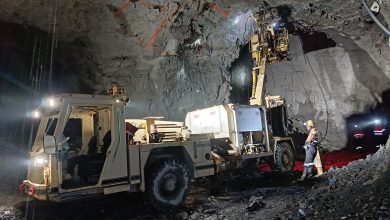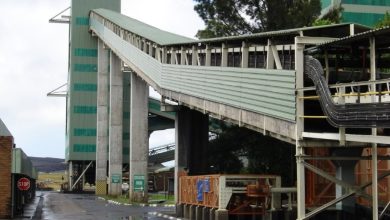
The Energy Trilemma: A framework for Africa’s energy future
By Edith Kikonyogo, Managing Director, Aggreko Africa
Africa stands at a pivotal moment in its energy journey. The continent’s rapid economic growth, burgeoning population, and vast natural resources present immense opportunities. Yet, these are juxtaposed against significant energy challenges: unreliable access to power, environmental concerns, and the pressing need for equitable energy distribution. As the Managing Director of Aggreko Africa, I believe addressing these challenges demands leadership rooted in innovation, collaboration, and a nuanced understanding of the energy trilemma—the delicate balance between energy security, environmental sustainability, and energy access.
The energy trilemma comprises three critical dimensions:
- Energy security: Ensuring reliable, affordable, and uninterrupted energy supply.
- Environmental sustainability: Mitigating climate change and reducing ecological harm.
- Energy access: Providing fair and inclusive availability of energy resources.
For Africa, resolving this trilemma is not just aspirational—it is essential. The continent’s energy landscape is uniquely diverse, with ageing infrastructure in urban centres, vast rural regions lacking grid connectivity, and varying regional needs. Yet within these challenges lie opportunities to redefine Africa’s energy narrative.
Reconciling energy security and sustainability
As we look to the future, Africa finds itself at a critical juncture, with electricity demand projected to grow at an impressive rate of 4% annually through to 2026 (IEA). This growth, fuelled by urbanisation and a rapidly expanding population, outpaces the global average and signals both tremendous opportunities and significant challenges. Yet, amid this burgeoning demand, our continued reliance on fossil fuels casts a long shadow, creating a delicate balance between addressing immediate energy requirements and committing to a sustainable future.
The urgency of this transition is unequivocally highlighted by the African Union’s ambitious target of achieving 300 GW of renewable energy by 2030 (Nairobi Declaration). However, this goal is not merely a statistic; it represents a transformative vision that requires an annual addition of 32.6 GW to our renewable capacity—four times the current deployment rates. Achieving such a feat is not without its hurdles. Systemic barriers—including fragmented regulations, financing gaps, and lengthy permitting processes—can delay projects by as much as 12 to 18 months, stymying our progress.
To successfully navigate these hurdles and embrace this transformative vision, we must focus on innovative solutions and collaborative efforts. Addressing the time-to-market challenges becomes paramount. Long lead times often stem from regulatory complexity, underdeveloped infrastructure, and investor risk aversion. For instance, the task of extending centralised grids to remote areas remains logistically and financially prohibitive, while renewable projects frequently encounter bureaucratic bottlenecks.
Advancing sustainability without compromising growth
As we confront these challenges, it is essential to recognise that advancing sustainability cannot happen in isolation. Despite contributing less than 4% of global emissions, Africa faces disproportionate impacts from climate change. This stark reality underscores the necessity for pragmatic solutions—such as hybrid energy systems that effectively pair renewables with transitional fuels. These systems not only ensure reliable power for critical services like healthcare and education but also significantly reduce our dependence on carbon-intensive sources, enabling us to bridge the gap between development and decarbonisation.
Furthermore, while enhancing energy security and reducing emissions, we must also ensure that energy access is both equitable and sustainable. Over 600 million Africans currently lack electricity, which severely hampers economic progress and diminishes quality of life. Decentralised solutions like microgrids are pivotal, particularly in areas where extending the grid is impractical.
Achieving sustainable access, however, requires more than just infrastructure; it demands a concerted effort to build local capacity and engage in inclusive planning. Here, global technology providers can step in as key stakeholders, helping to lower barriers to energy access through tailored support that accelerates project viability and operational excellence.






